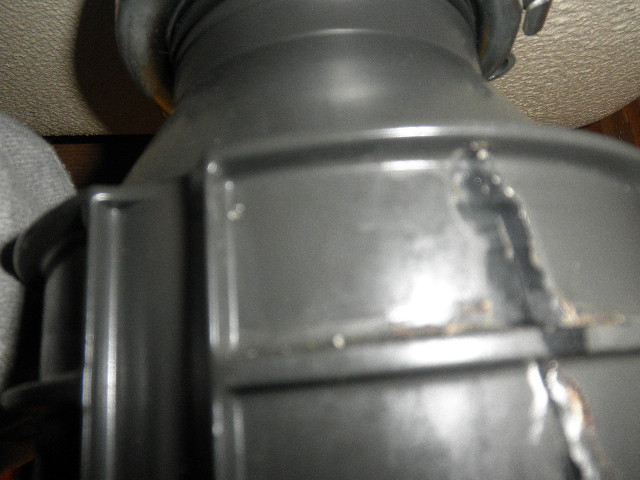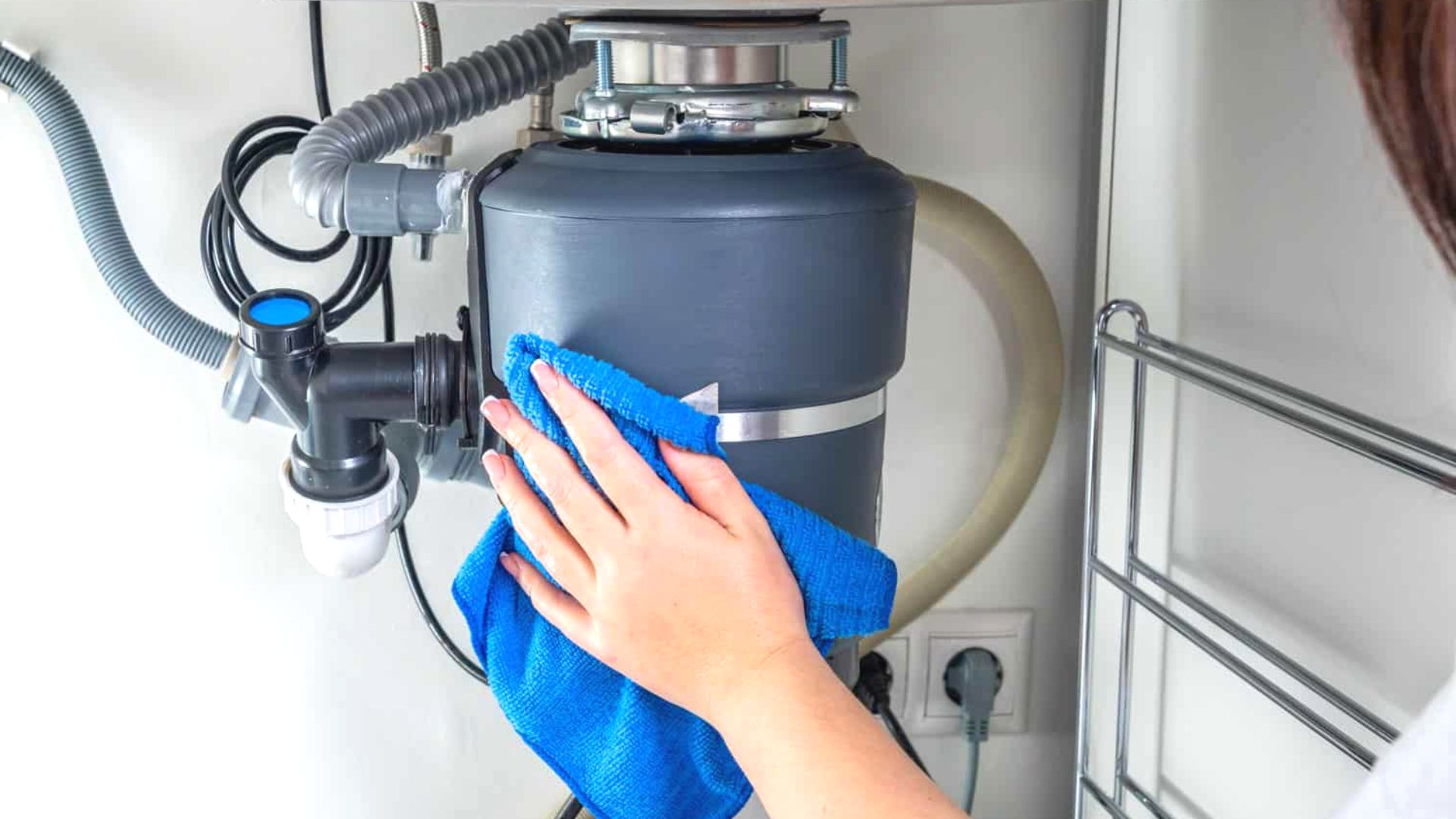Here below you can discover lots of high-quality news about Why Is .

Waste disposal unit are necessary kitchen appliances that help in throwing away food waste successfully. However, a leaking garbage disposal can be a discouraging and unpleasant trouble to handle. Luckily, lots of leakages can be dealt with quickly with a few easy actions. In this write-up, we will certainly discuss just how to fix a leaking waste disposal unit properly.
Introduction
Waste disposal unit are installed under kitchen area sinks and are made to shred food waste into smaller items, permitting it to pass through the plumbing system conveniently. While these tools are usually reliable, leaks can take place with time due to deterioration, loose connections, or damages to the unit.
Usual Reasons For Leaks in Rubbish Disposals
Worn Seals and Gaskets
Seals and gaskets play an essential role in avoiding water from dripping out of the waste disposal unit. With time, these components can wear away, resulting in leakages around the disposal device.
Loose Links
The links in between the waste disposal unit and the pipes system can become loosened with time, creating water to leakage out throughout operation.
Cracks or Openings in the Disposal Device
Physical damage to the garbage disposal, such as splits or openings in the real estate, can also lead to leakages.
Identifying the Resource of the Leak
Before trying to repair a leaking garbage disposal, it is important to recognize the source of the leakage. This can normally be done with aesthetic examination or by conducting straightforward tests.
Visual Examination
Check the waste disposal unit system carefully for any type of indications of water leak. Pay close attention to areas around seals, gaskets, and connection factors.
Testing for Leaks
One way to examine for leakages is by running water with the disposal device and looking for any kind of visible indicators of leakage.
Devices and Materials Needed for Taking Care Of a Leaking Garbage Disposal
Before beginning the repair work procedure, collect the essential tools and materials, including a screwdriver, flexible wrench, plumbing technician's putty, replacement seals or gaskets, and epoxy or patching material for repairing cracks or openings.
Step-by-Step Guide to Dealing With a Leaking Garbage Disposal
Shut off the Power
Prior to attempting any kind of repair services, ensure that the power to the waste disposal unit unit is switched off to prevent the threat of electrical shock.
Situate the Leakage
Determine the precise place of the leak and identify the reason.
Tighten up Links
Make use of a wrench to tighten up any loose connections between the disposal device and the pipes system.
Replace Seals or Gaskets
If the leak results from worn seals or gaskets, remove the old parts and change them with new ones.
Patching Splits or Openings
For fractures or holes in the disposal system, usage epoxy or a suitable patching material to secure the broken area.
Evaluating the Garbage Disposal After Fixing
When the fixing is full, test the waste disposal unit by running water through it to make certain that the leakage has been fixed.
Preventive Upkeep Tips to Avoid Future Leaks
To prevent future leakages, it is essential to carry out routine maintenance on your garbage disposal. This includes keeping it clean, staying clear of putting non-food things or hard things down the disposal, and periodically looking for leaks or various other concerns.
Final thought
Finally, dealing with a leaking garbage disposal is a relatively simple procedure that can be completed with standard tools and materials. By adhering to the steps described in this post and exercising preventive maintenance, you can keep your waste disposal unit in good working problem and prevent costly repair work in the future.
HERE’S HOW TO FIX YOUR GARBAGE DISPOSAL
WHAT TO DO IF SOMETHING IS STUCK IN YOUR GARBAGE DISPOSAL
If the impeller won’t turn, there’s probably something stuck in the disposal. It could be a steak bone or peach pit, although plumbers report pulling all sorts of inappropriate objects out of disposals, such as bottle caps or aluminum foil. Make sure power to the disposal is off, and look inside to see if you can see the source of the jam.
Never stick your fingers in a disposal. Pull out anything you see with tongs or pliers.
If the disposal still won’t work, it may be time to call a plumber or consider buying a new disposal. GEM Plumbing & Heating is here for all of your garbage disposal needs.
WHAT TO DO IF YOUR GARBAGE DISPOSAL DRAIN IS CLOGGED
Take everything out from underneath your sink and put a bucket or other container under your disposal to catch any water that drains out. Disconnect your disposal from the power supply. If it’s plugged into a wall outlet, unplug it. If it’s hardwired into an electrical box, go to the electrical panel and turn off the breaker for the disposal. Pour ¼ cup of baking soda into the drain, followed by ½ cup of white vinegar. Give the solution a few minutes to fizz and do its work. Look into the disposal with a flashlight to see if you can see an object that might be causing the clog. If you see it, remove it using tongs or pliers. MORE TIPS ON DEALING WITH A CLOGGED GARBAGE DISPOSAL
Never use drain cleaner in a garbage disposal. It can damage the plastic parts inside the disposal. You can also be splashed with the caustic liquid while working to clear the clog. Beware! Never stick your fingers into a garbage disposal. Trust us — not a good idea. In many instances, your dishwasher drains through your garbage disposal. This allows the disposal to grind any large food particles that may be drained out of your dishwasher. There are some jurisdictions, however, where the plumbing code prohibits such a connection. WHAT TO DO WHEN YOUR DISHWASHER DRAINS THROUGH THE DISPOSAL
Run some water in the sink so your plunger has at least a ½-inch of water to create a seal and plunge vigorously up and down several times. You may need to repeat this several times. Run hot water down the drain to clear any residue that remains.

I stumbled upon that article on Why Is while doing a search on the internet. Sharing is caring. Helping people is fun. Thanks so much for your time invested reading it.
Call Today